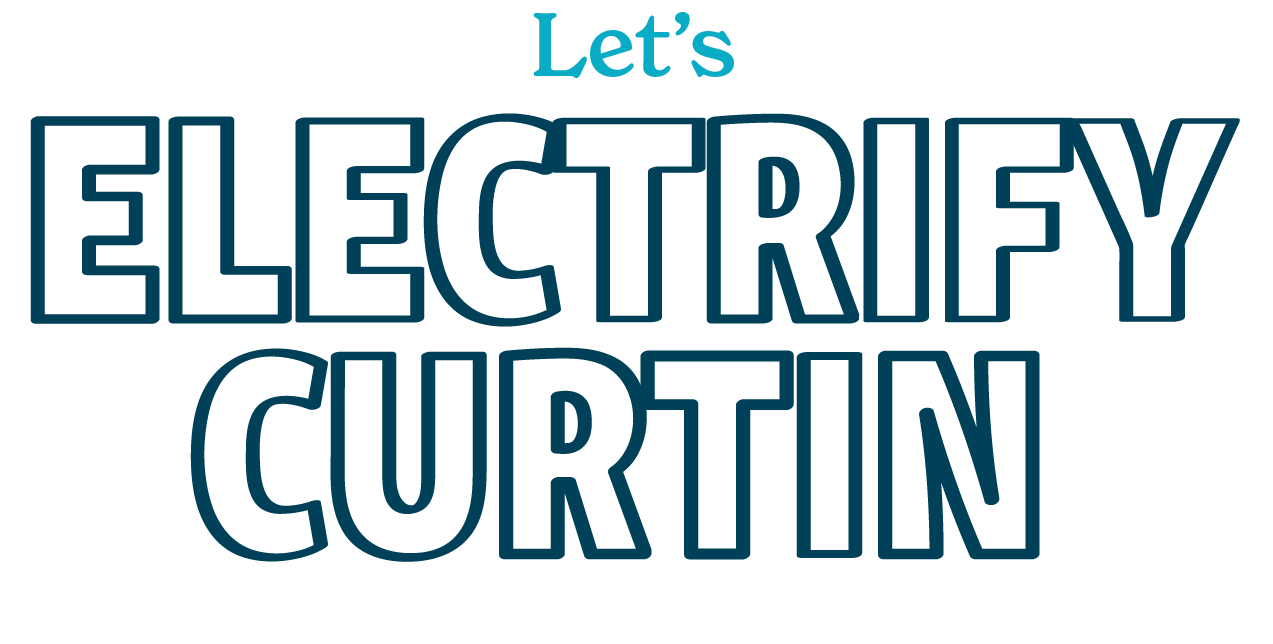APPLIANCES
Energy efficient appliances and lighting.Efficient appliances do more with less
Replacing your appliances with more efficient versions and upgrading to LED lighting will save energy immediately. Major appliances, including fridges, dishwashers, washing machines and TVs, can account for 25% of your home energy use.
Energy efficient appliances can cut running costs significantly, so it’s worth paying a bit more upfront.
Emissions reduction
Lower energy bills
Energy efficient appliances and technology need less energy to operate, reducing your energy bills and emissions.
BENEFITS
PLANNNING AND PRACTICALITIES
Which appliances use the most energy?Every home is different, but on average, heating and cooling (heaters, air-conditioning) is the biggest use of energy (40%), followed by hot water (25%).
If you have a pool, your pool pump could be up to 18% of your total energy use. A clothes dryer can be up to 10% if heavily used. Electronics contribute about 14% of energy use, while your fridge/freezer could be 8-10% by itself.
STAR ENERGY RATINGS
The more stars, the more energy efficient, the more savings.The Star Energy Rating Label is a simple tool to identify more energy efficient appliances. Products that must display an Energy Rating Label in Australia include:
air conditioners,
clothes washers and dryers,
dishwashers,
monitors and televisions,
household fridges and freezers, and
pool pumps.
Source: energyrating.gov.au
COSTS AND PAYBACK PERIOD
The Energy Rating Calculator lets you estimate running costs and savings from energy efficient appliances.
Energy efficient appliances may cost more upfront, but will save you money long term with cheaper operating costs.
LED LIGHTING
LED light fittings use around 80% less energy than halogens, with a lifespan 5 - 10 times greater. Replace all classic incandescent and halogen incandescent light globes and floodlights, plus all 12V and 240Vac halogen downlight globes with their LED equivalents.
Do not wait for incandescent globes to fail, the significant savings justify a complete swap out. The up-front cost of installing LEDs generally has a payback time of less than 1 year.
What's the energy rating on your current appliances?
When selecting a new appliances, make sure you factor in its energy efficiency rating.
RESOURCES
GOVERNMENT FUNDING
WA's Household Energy Efficiency Scheme helps households experiencing financial hardship improve their energy efficiency.Eligible households receive tailored coaching and support to reduce energy consumption and costs.



